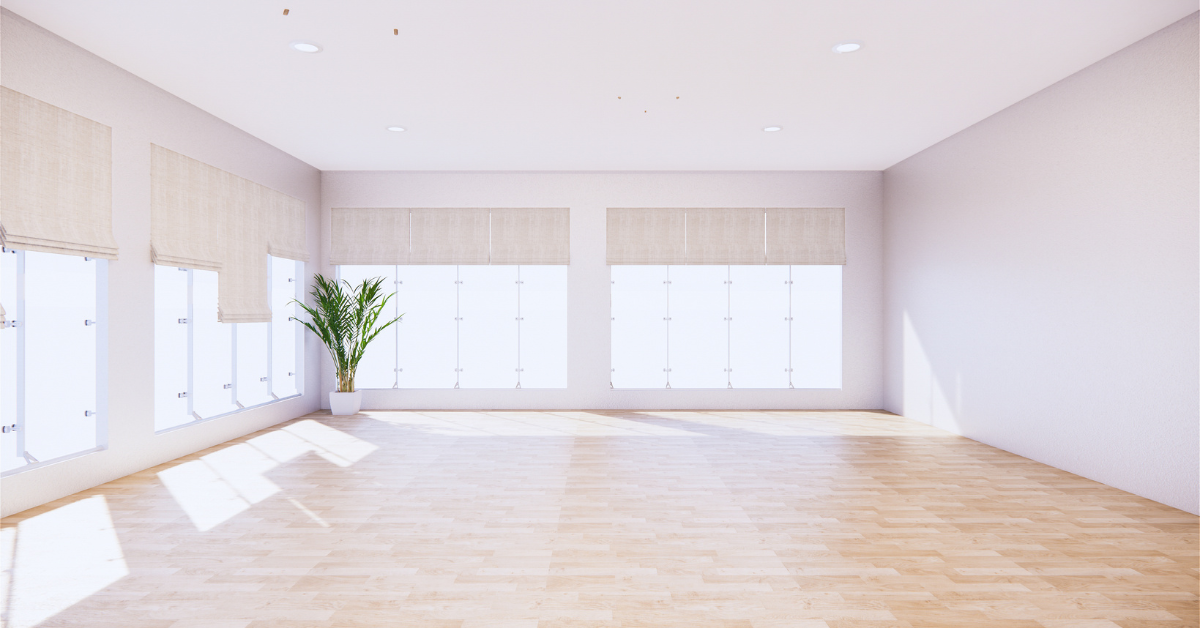
10 Sustainable Features to Look for When House Hunting

*Collaborative Post
When searching for a new home, it’s important to consider sustainability. Sustainable features not only help reduce your carbon footprint but also contribute to long-term cost savings and a healthier living environment.
If you are considering these options and searching for more sustainable home in Southern England, it might be worth discussing it with residential conveyancing solicitors in Hampshire to help streamline your search.
The Benefits of Having Sustainable Features in Your Home
Having sustainable features in your home offers numerous benefits. Firstly, it significantly reduces energy consumption, leading to lower utility bills and long-term cost savings. Secondly, sustainable homes contribute to environmental conservation by reducing greenhouse gas emissions and reliance on non-renewable resources.
Additionally, sustainable features promote better indoor air quality and a healthier living environment for you and your family. Finally, investing in sustainable homes can increase property value and appeal to environmentally conscious buyers. You can consider reaching out to professionals from companies like Green Choice Consulting to learn about the ways in which you can implement sustainable design in your home. They tend to be experts in providing energy-efficient designs that can reduce environmental impact and lower utility costs.
The Different Types of Sustainable Features You Can Have
Solar Panels
Solar panels are a popular sustainable feature that harnesses the power of the sun to generate electricity. By installing solar panels on your roof or in your yard, you can tap into renewable energy and reduce your reliance on the grid. Solar panels not only lower your carbon footprint but also lead to significant long-term savings on energy bills.

Natural Light
Homes that prioritise natural light offer several benefits. Large windows, skylights, and open floor plans allow abundant sunlight to flow into the living spaces. Natural light reduces the need for artificial lighting during the day, saving energy and creating a welcoming and uplifting atmosphere. It also provides vitamin D and has been linked to improved mood and productivity. For expert design in maximizing natural light, consider consulting Michael Bell Architects.
Insulation
Proper insulation is a crucial sustainable feature that helps regulate indoor temperatures and reduces energy waste. Well-insulated homes retain heat during colder months and stay cool in the summer, reducing the need for excessive heating or cooling. This translates into energy savings and increased comfort for occupants.
Rainwater Harvesting
Rainwater harvesting systems collect and store rainwater for non-potable uses. By installing rain barrels or underground tanks, you can capture rainwater from your roof, which can then be used for tasks such as watering the garden, flushing toilets, or washing cars. Rainwater harvesting reduces the demand for freshwater resources, eases the strain on municipal water systems, and helps conserve water.
Energy-Efficient Appliances
Energy-efficient appliances play a significant role in reducing energy consumption. Look for homes equipped with appliances that have earned the energy star label. These appliances, such as refrigerators, dishwashers, washing machines, and HVAC systems, meet strict energy efficiency standards and consume less energy compared to conventional models.
Upgrading to energy-efficient appliances not only reduces your environmental impact but also lowers your utility bills.
Smart Home Technology
Smart home technology allows homeowners to monitor and control their energy usage through automation and remote access. Smart thermostats, lighting systems, and automated window shades can optimise energy consumption based on occupancy and external conditions. By intelligently managing energy usage, smart home technology helps reduce waste and increase energy efficiency.
Water-Efficient Fixtures
Water-efficient fixtures, including low-flow toilets, faucets, and showerheads, contribute to water conservation efforts. These fixtures are designed to minimise water consumption without sacrificing performance or user experience. By reducing water usage, you can lower your water bills and contribute to preserving this valuable resource.
Green Roof
A green roof is a sustainable feature that involves covering all or part of a roof with vegetation. Green roofs provide multiple benefits, including improved insulation, reduced stormwater runoff, and enhanced air quality.
They create a natural habitat for plants and wildlife, mitigate the urban heat island effect, and provide an aesthetically pleasing outdoor space.

Sustainable Flooring
Sustainable flooring options are made from renewable materials and promote eco-friendly practices. Bamboo, cork, reclaimed wood, and recycled materials are popular choices.
These flooring options are durable, easy to maintain, and add a touch of natural beauty to your home. By opting for sustainable flooring, you contribute to the preservation of forests and reduce the environmental impact of your home.
Efficient HVAC Systems
High-efficiency heating, ventilation, and air conditioning (HVAC) systems are designed to minimise energy consumption while providing optimal comfort. Look for systems with energy-efficient ratings and features such as programmable thermostats, zoned heating and cooling, and advanced ventilation systems. Efficient HVAC systems reduce energy waste, lower utility bills, and improve indoor air quality.
Prioritising sustainable features in a new home…
Incorporating sustainable features into your home not only benefits the environment but also offers long-term advantages for homeowners. By considering features such as solar panels, natural light, insulation, and other sustainable elements, you can create an eco-friendly and cost-effective living space.
When house hunting, prioritise sustainability to contribute to a greener future while enjoying the benefits of reduced energy consumption and a healthier home.
*This is a collaborative post. For further information please refer to my disclosure page.




